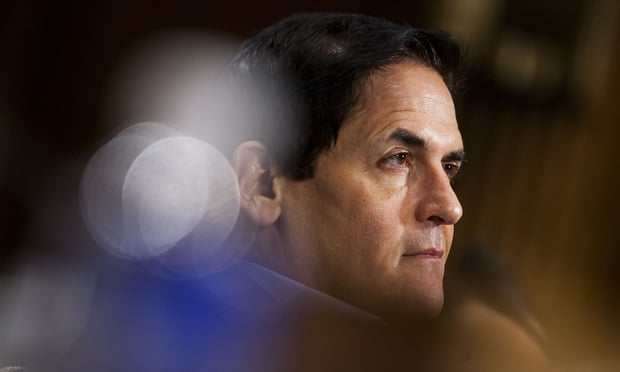Alternative Payment Models are building steam.
A major study of 70 health plans finds that APMs account for an increasing share of all payments made by insurers to providers.
The Health Care Payment Learning & Action Network (LAN), and advocacy group pushing for APMs, analyzed payments from plans that covered roughly 200 million Americans in 2015, finding that 23 percent were made through APMs, while an additional 15 percent were made through a traditional fee-for-service model but with certain outcome-based variations.
Recommended For You
A similar analysis for 2016, which focused on plans covering 128 million Americans, finds that the percentage of APM payments rose to 25 percent.
LAN had set a target of 30 percent of health care payments being tied to APMs by 2016 and 50 percent by 2018.
That half of all health payments would be APMs by 2018 sounds ambitious, but it would make sense that APMs would rise significantly in the next few years as Medicare forges ahead with an overhaul of its reimbursement system, which is scheduled to be fully implemented in 2019.
Indeed, the study shows that Medicare Advantage plans are far more likely to use APMs than commercial plans. Forty-four percent of MA plans use APMs, compared to 22 percent of commercial plans and 18 percent of Medicaid plans.
Marilyn Tavenner, who heads America's Health Insurance Plans, the powerful lobby group that represents commercial health insurers, applauds the report findings.
"This report shows the meaningful progress we've made to improve quality and lower costs," she says in a statement accompanying the report. "Health plans, doctors, hospitals, businesses, and public programs are all changing, all collaborating – and all improving the way we deliver care. We're being smarter purchasers of health care by prioritizing efficient, effective, and evidence-based approaches to delivering care. That means better quality for patients and lower costs for consumers."
Although Medicare's original APM proposals garnered significant pushback from doctors and hospitals, the final rule it published two weeks ago eliminated some of the provisions that had caused the most concern for providers.
While there appears to be widespread agreement that the fee-for-service model that Medicare and other health plans have operated under for decades needs to go away or at least be significantly changed, it would be naive to believe the move towards value-based payment will be without controversy.
Among a number of concerns voiced by providers is that some hospitals –– notably those in low-income areas –– are doomed to poorer outcomes among patients because of the population they serve.
© 2025 ALM Global, LLC, All Rights Reserved. Request academic re-use from www.copyright.com. All other uses, submit a request to [email protected]. For more information visit Asset & Logo Licensing.







